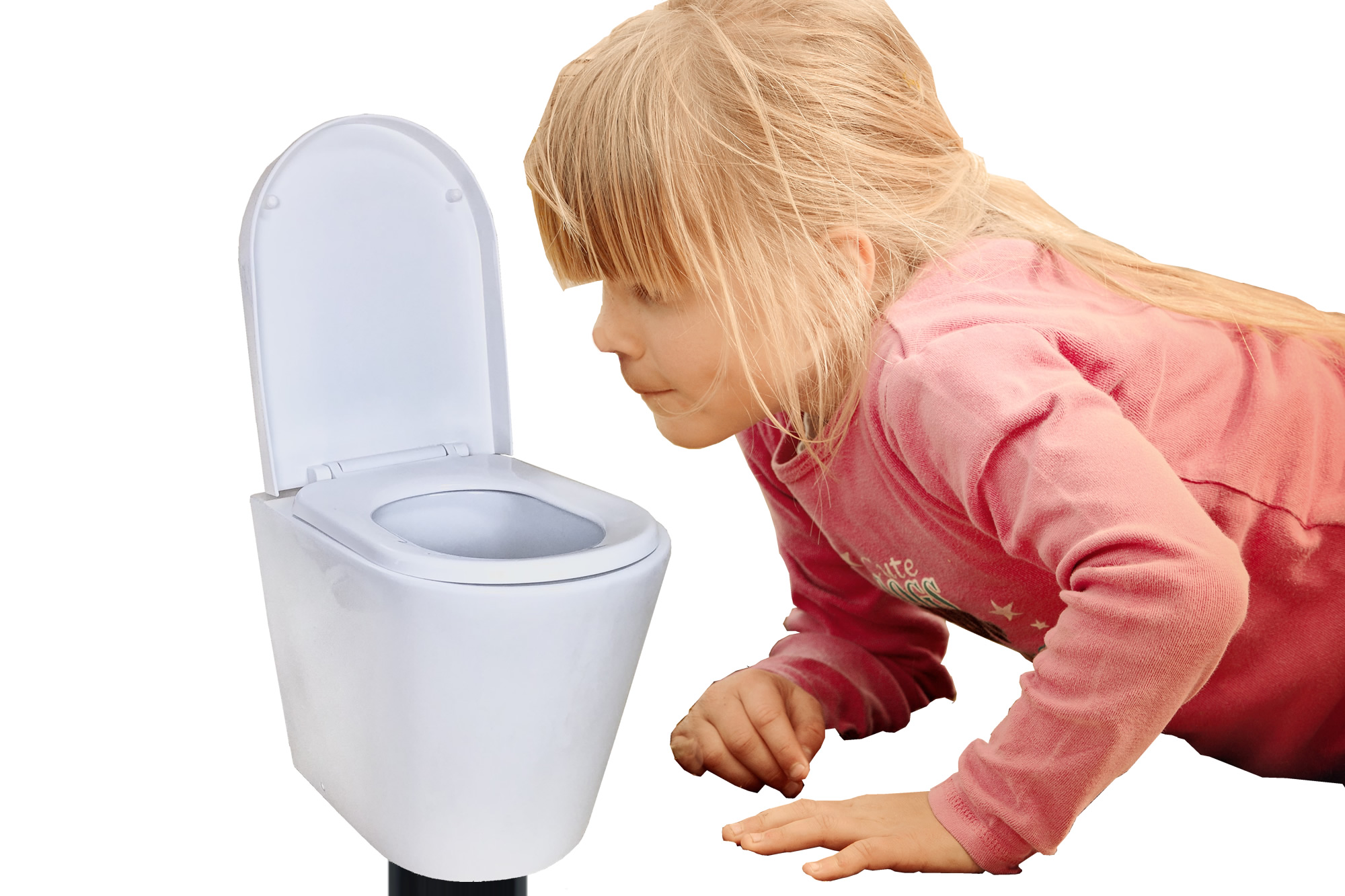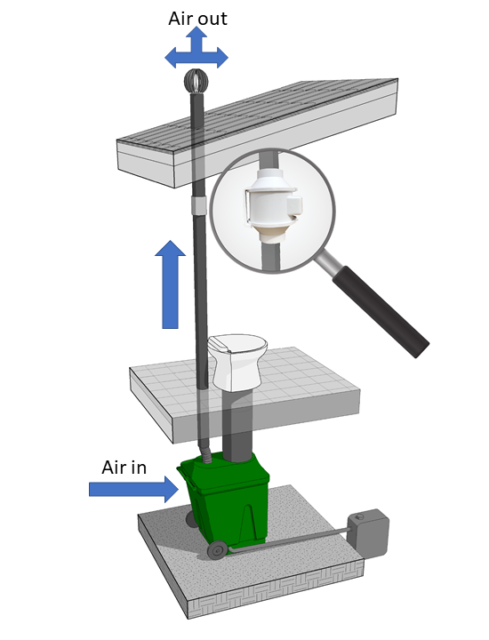
“Does it smell?”
The most common concern of composting toilets is the question of smell. For those who have never heard of composting toilets that don’t flush, they may seem like the indoor equivalent of an outhouse or a port-o-potty. If you have ever been in an old outhouse with a large bucket underneath, you know what a disgusting smell it can be and how unhygienic it feels. However, a modern composting toilet is a completely different experience. First and foremost because they do NOT smell at all, and there are three key reasons for this. In this article, we will focus on key factors that make new compost toilets odorless:
- Urine-separation
- Ventilation
- Dry toilet model
Separation of liquid waste from solids
Most importantly the reason why modern compost toilets don’t smell is that they separate liquid waste from faeces and toilet paper. Hence, the solid waste pile decomposes naturally during the composting process. Back in the old days when outhouses and other potties did not have urine-separation, the compost pile was almost always too wet to compost. Consequently, the toilet waste started rotting causing terrible odor.
There are many ways how modern compost toilets can separate the liquids from solids. Read our blog post Urine-diverting and non-diverting toilets for more information.
Negative pressure to keep air flowing in the right direction

It can be said that ventilation is the “flushing” of a dry toilet. If it is assembled correctly, there is a constant negative pressure in the toilet which guarantees 100% odorless dry toilet. The need for a reliable ventilation is critical especially in dry toilets that are used indoors.
A good ventilation also dehydrates excess liquid and boosts composting. Thus, there will be less liquid waste to handle.
Choose the right dry toilet for you
Anyone who has started to familiarize with the world of dry toilets, soon discovers the vast variety of techniques and models. The water closet we all know has the same basic operating principle everywhere, whereas there are dozens of different dry toilet models available. This leads to the fact that it is not possible to say that there is only one, “the best” dry toilet that would serve everybody everywhere. The choice has always to be made according to the use case.
As the there are many different techniques, in many cases it is optimal to use two or even more dry toilets. A good example of such a combination is to have a composting toilet in the outhouse and a freezing toilet indoors. The compost toilet in the outhouse is the #1 toilet where most of the toilet waste can be treated easily. The freezing toilet is the #2, which is used especially during winter, cold weather, nighttime. With these two toilets, you can combine the best features of the both techniques: the good capacity of the composting toilet and the easy installation and low-energy consumption of the freezing toilet. Similar combinations can be found others as well.
Recap
The separation of the excess liquid is the prerequisite for composting and odourlessness
Ventilation is the “flushing” in a dry toilet which guarantees 100% odor-free toilet
There is no “one and only” dry toilet that would be the best– the choice must be made by the use. Sometimes it is wise to use several techniques.
This blog article was written in collaboration with Jess Taylor from Practically Green. Practically Green is a company providing sustainable living solutions for all of us who wish to take care of our beloved nature without compromising from our living standards.

 Suomi
Suomi
